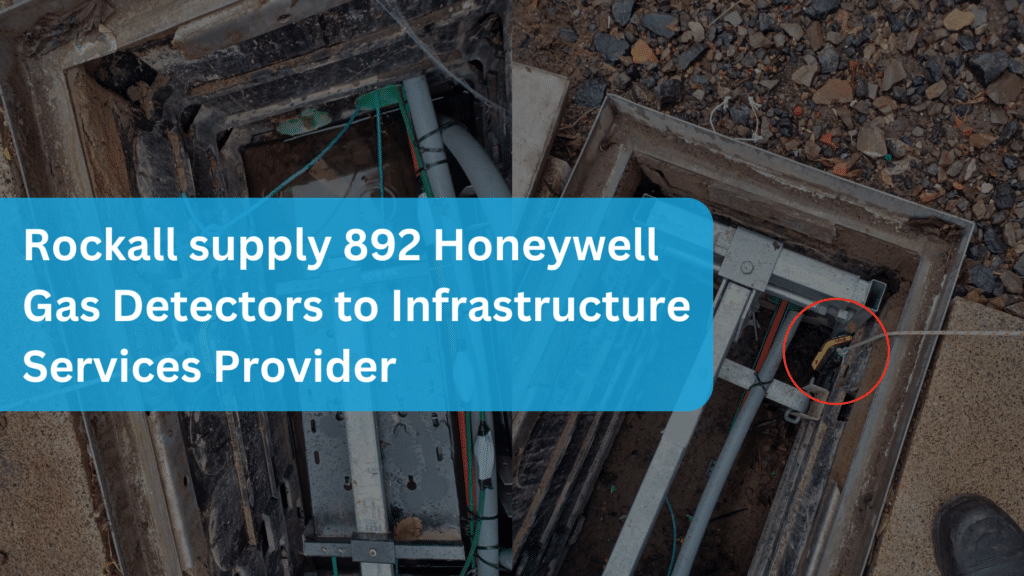What is NDIR Technology and How Does it Work in CO2
NDIR (Non-Dispersive Infrared) sensors are vital tools in gas detection, known for their reliability and accuracy. They function by measuring the infrared light absorbed by specific gases, creating a unique absorption pattern for each gas.
How NDIR Sensors Work
An NDIR sensor includes an infrared light source, a sample chamber, an optical filter, and an infrared detector. As light passes through the gas sample, certain wavelengths are absorbed. The remaining light is measured to determine the gas concentration.
Applications of NDIR Sensors
NDIR sensors are widely used in:
- Environmental monitoring for greenhouse gases.
- Industrial safety to detect toxic gases.
- Medical settings for anaesthesia monitoring.
- Automotive emission testing.
- HVAC systems for carbon dioxide measurement.
Benefits of NDIR Sensors
NDIR sensors offer numerous advantages, including high accuracy, low maintenance needs, long lifespan (10-15 years), and excellent selectivity with minimal interference from other gases.
NDIR Technology in Action: The Blackline G7 CO2 Monitor
The Blackline G7 CO2 monitor exemplifies the practical application of NDIR technology in gas detection. This device utilises a G7 Combustible-infrared (LEL-IR) NDIR sensor to measure combustible gases in the range of 0–100% LEL (Lower Explosive Limit) with a resolution of 1% LEL8.
Comparison Chart: NDIR vs Other Gas Sensing Technologies
| Feature | NDIR | Electrochemical | Catalytic Bead | Photoionization |
| Selectivity | High | Moderate | Low | Low |
| Lifespan | 10-15 years | 1-3 years | 3-5 years | 2-3 years |
| Maintenance | Low | Moderate | High | Moderate |
| Accuracy | High | Moderate | Moderate | High |
Conclusion
NDIR sensors are essential for ensuring safety and improving air quality across various industries. Their effectiveness in gas detection makes them a preferred choice for many applications. The comparison chart underscores their advantages, highlighting why they are often favored in gas sensing technology.





